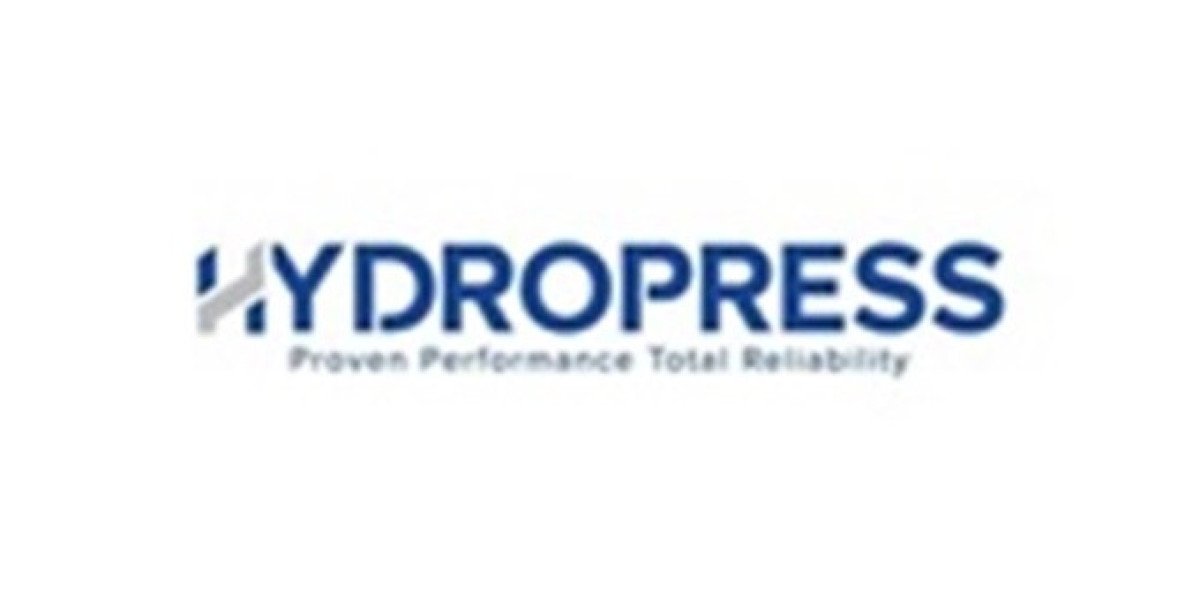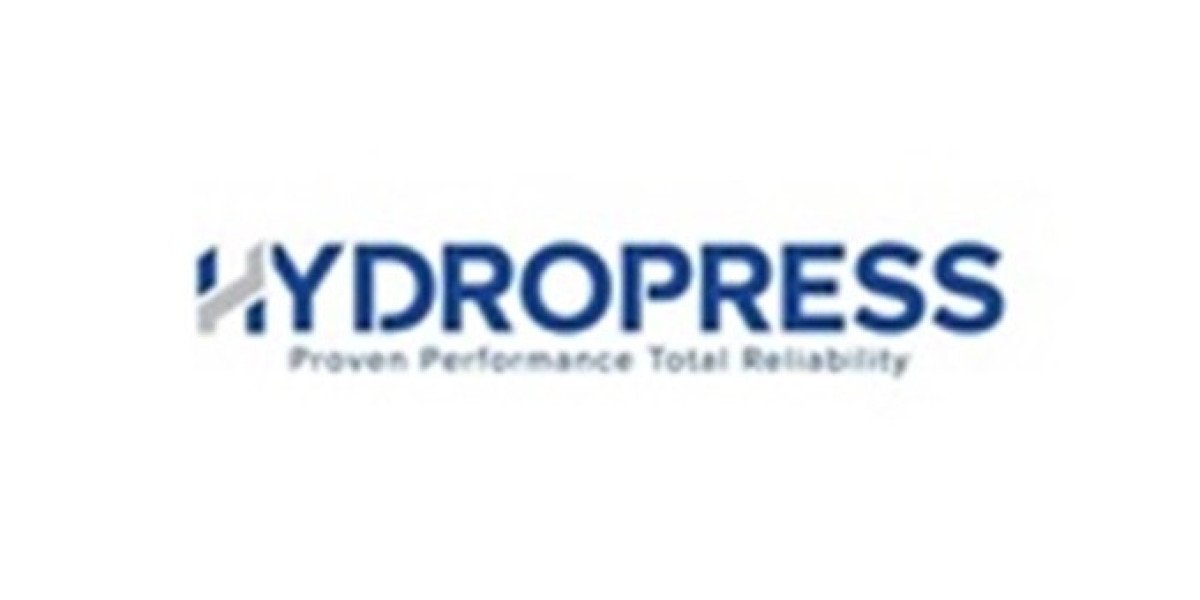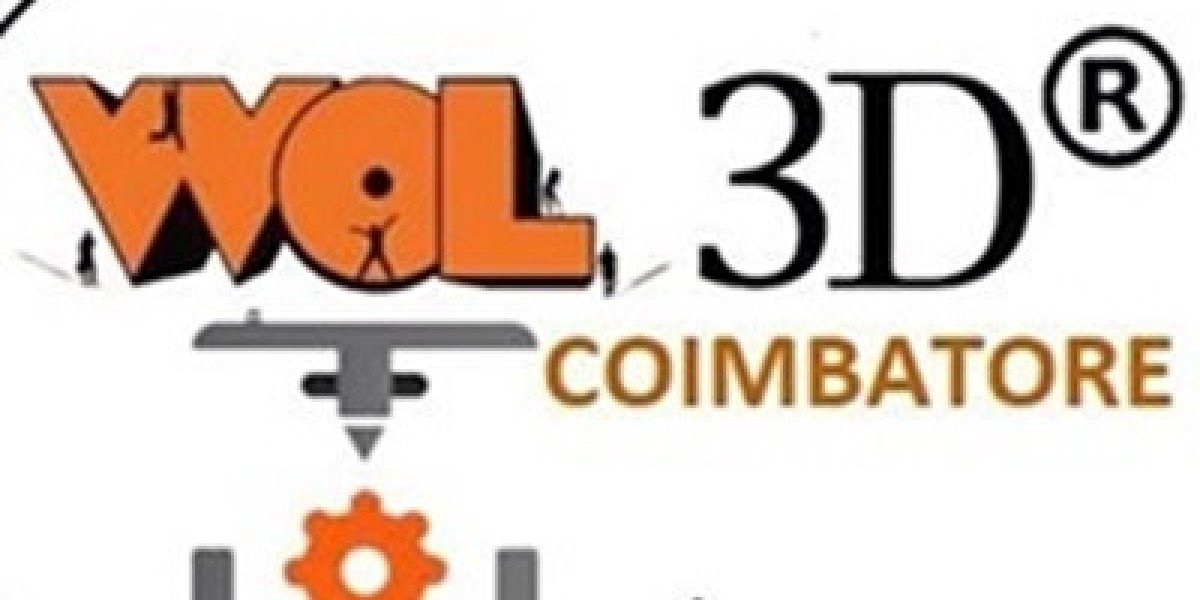Hydraulic systems are the backbone of modern heavy machinery, and at the heart of every hydraulic cylinder is a set of components tasked with a critical role: the hydraulic seals. These small but powerful components ensure that pressurized fluid stays where it’s supposed to be, preventing leaks, maintaining pressure, and allowing equipment like excavators, loaders, and dozers to operate at peak performance.
Choosing the right hydraulic cylinder seal kit is essential not just for repairing worn cylinders, but for maintaining the overall health, efficiency, and longevity of your machinery. In this article, we’ll explore why selecting the correct seal kit matters, what components make up a quality kit, how to match the right kit to your equipment, and tips for installation and maintenance.
What Is a Hydraulic Cylinder Seal Kit?
A hydraulic cylinder seal kit is a collection of seals and rings designed to fit into the grooves and components of a hydraulic cylinder. These kits typically include several types of seals, each with a specific function:
Rod Seals – Prevent fluid leakage from inside the cylinder to the outside
Piston Seals – Seal the pressurized fluid between the piston and the cylinder barrel
Wiper Seals (Scrapers) – Clean dirt and debris from the rod before it enters the cylinder
Wear Rings (Guide Rings) – Guide the piston and rod, preventing metal-to-metal contact
O-rings & Back-up Rings – Provide static sealing for components like end caps and ports
Each of these components works in tandem to ensure that the hydraulic cylinder maintains internal pressure, keeps contaminants out, and operates smoothly under high loads.
Why Choosing the Right Seal Kit Matters
Selecting the correct hydraulic seal kit isn’t just a matter of matching sizes—there are several key factors that affect performance, efficiency, and the total cost of ownership for your machine. Here’s why it matters:
1. Prevents Leaks and Downtime
A leaking hydraulic cylinder is not only messy it can bring your entire operation to a halt. The right seal kit ensures a perfect fit and material compatibility, creating a tight seal that prevents fluid loss, pressure drop, and eventual failure.
Wrong seals = downtime + wasted fluid + expensive repairs.
2. Maintains Hydraulic Pressure
Hydraulic cylinders rely on sealed pressure to function. If seals degrade or don’t fit properly, you’ll see:
Reduced lifting power
Sluggish operation
Overworked hydraulic pumps
High-quality seal kits help preserve system pressure, ensuring your machinery operates with consistent force and responsiveness.
3. Extends Equipment Life
Seals that don’t hold up to operating conditions such as high pressure, heat, or chemical exposure will wear quickly. This leads to scoring of the piston rod, internal abrasion, and eventual damage to the cylinder bore.
Choosing the correct material and design prevents wear and tear, thereby extending the lifespan of both the cylinder and the machine.
4. Protects Against Contamination
Wiper seals and rod seals form the first line of defense against dirt, dust, and moisture. If these fail, contaminants enter the hydraulic system and cause:
Seal degradation
Oil contamination
Premature pump or valve failure
A well-matched seal kit helps maintain clean, efficient hydraulic operation.
What to Look for in a Hydraulic Cylinder Seal Kit
Not all seal kits are created equal. Here are the core features you should evaluate:
Material Compatibility
Seals come in various materials, each suited to specific conditions:
Nitrile (NBR): Good for general-purpose seals with moderate pressure and temperature.
Viton (FKM): High chemical and temperature resistance.
Polyurethane (PU): Excellent wear resistance and elasticity, great for dynamic seals.
PTFE (Teflon): Low friction, used for high-speed or chemically aggressive applications.
Match material to your equipment’s operating environment don’t assume a “one-size-fits-all” solution.
Exact Fit and OEM Compatibility
Seal kits must match your cylinder’s dimensions and tolerances precisely. Look for:
OEM part number compatibility
Correct inner and outer diameters
Proper groove fitment
Aftermarket suppliers like CT Parts offer high-quality seal kits that meet or exceed OEM specs, ensuring a reliable seal every time.
Performance Ratings
Check:
Pressure rating (PSI or Bar)
Temperature range
Chemical resistance
Speed compatibility (for fast-acting cylinders)
Using a kit that can’t withstand your system’s demands will result in rapid failure.
Kit Completeness
The best seal kits include:
All dynamic and static seals
Backup rings
Wear rings
Grease or lubricant
Installation tools (optional)
Partial kits can leave you scrambling for missing parts mid-repair.
How to Match the Right Seal Kit to Your Equipment
Identify Cylinder Manufacturer and Model:
Start with the make and model of your excavator or hydraulic system.Measure Seals (If Possible):
Use a caliper to measure ID, OD, and cross-section. If the old seals are too damaged, refer to technical documentation.Check with a Reliable Supplier:
Suppliers like CT Parts specialize in OEM-compatible seal kits and can assist you in finding the correct match by part number, equipment model, or cylinder dimensions.Evaluate the Application Environment:
Are you working in dusty, abrasive environments?
Are chemicals or extreme heat involved?
How often is the cylinder actuated?
All of this determines the right seal material and design.
Tips for Installing Hydraulic Cylinder Seal Kits
A great seal kit is only effective if installed properly. Here are a few tips:
Clean everything thoroughly before installation
Inspect piston rods for pitting or scoring
Lubricate seals with compatible hydraulic oil
Use proper tools to avoid stretching or nicking seals
Reassemble with care, ensuring no seals are pinched or misaligned
Test under low pressure first before full operation
Proper installation maximizes the life of the seals and ensures immediate performance benefits.
When to Replace a Seal Kit
Watch for these warning signs that it’s time to replace your cylinder seals:
Visible hydraulic fluid leaks
Decreased hydraulic power or slow cylinder movement
Piston drift or cylinder "creep"
Contaminated or discolored hydraulic oil
Excessive noise or vibration in the cylinder
Regular inspections and proactive seal replacement are cheaper and safer than waiting for failure.
Partner with a Trusted Supplier
When it comes to hydraulic cylinder seal kits, sourcing from a reliable and knowledgeable parts supplier makes all the difference. Companies like CT Parts offer:
OEM-quality aftermarket seal kits
Fast shipping and wide inventory
Expert advice on seal compatibility
Competitive pricing and warranty options
Whether you're managing a fleet of excavators or maintaining a single machine, partnering with a trusted provider ensures you get the right parts the first time and avoid costly delays.
Conclusion
The hydraulic cylinder seal kit may be small, but its impact on performance, reliability, and operating cost is enormous. Selecting the correct seal kit tailored to your machine, application, and working environment is one of the smartest investments you can make as an equipment owner or operator.
From preventing leaks to extending the life of your hydraulic components, the right seal kit ensures your excavator or heavy machinery runs stronger, longer, and more efficiently.
Don’t gamble with subpar seals or incorrect replacements. Trust in quality, precision, and expertise—trust in brands like CT Parts to keep your hydraulic systems performing at their peak.








